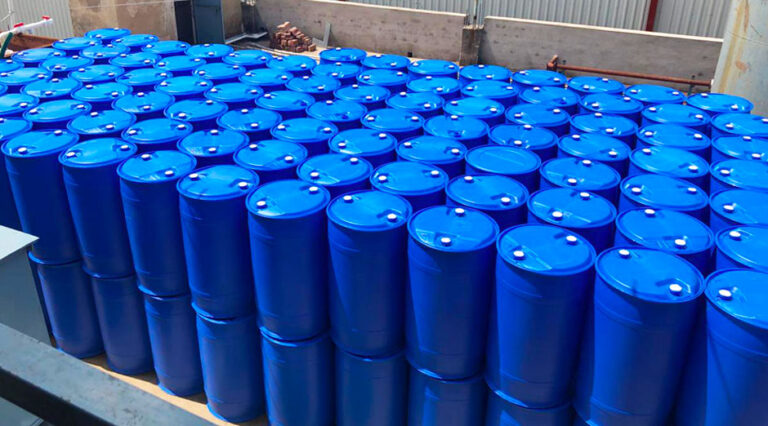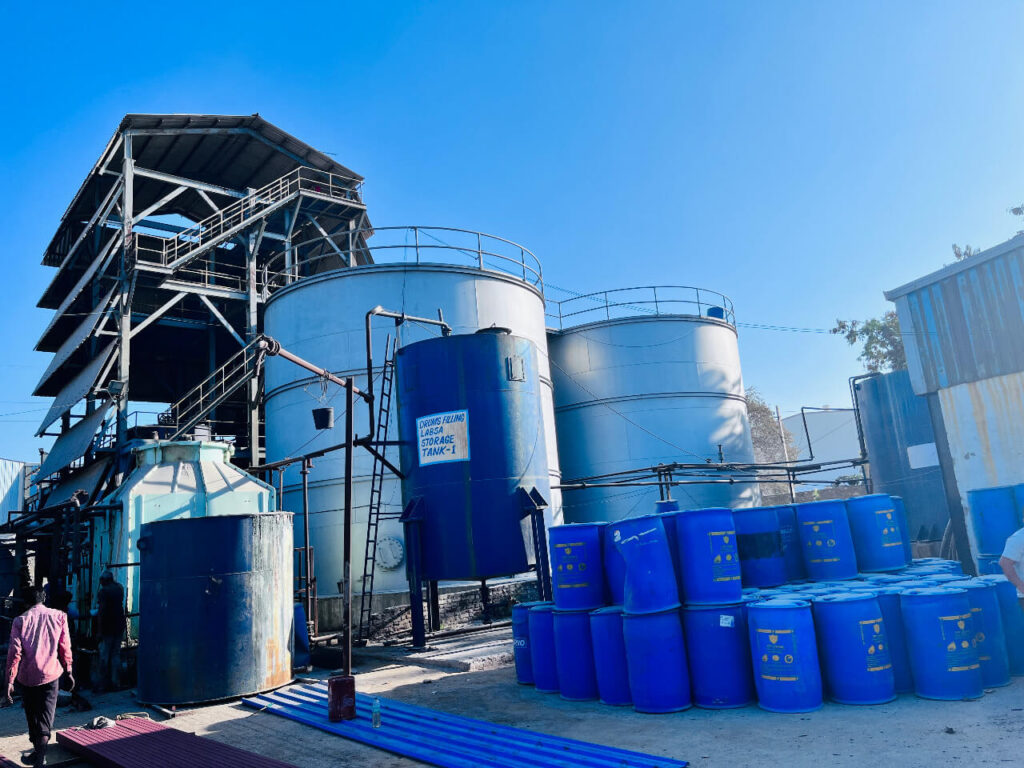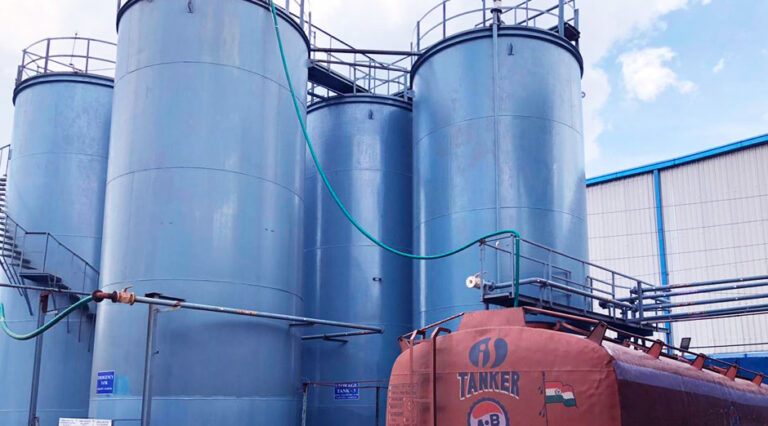LABSA 90%
Industrial LABSA 90%: Unveiling Its Significance

Introduction
Industrial LABSA 90%, or Linear Alkyl Benzene Sulfonic Acid, is a crucial chemical compound that plays a significant role in various industrial applications. In this informative article, we delve deep into the world of Industrial LABSA 90%, providing a detailed overview of its properties, applications, production process, and more. Let’s explore the many facets of this versatile chemical.
Industrial LABSA 90% An Overview
Industrial LABSA 90%, often referred to as sulfonic acid, is a high-demand chemical compound in the industrial sector. It serves as a key ingredient in the manufacturing of various detergents and cleaners. Its unique properties make it an indispensable component in many industrial processes.
Industrial LABSA 90%, often referred to as sulfonic acid, is a high-demand chemical compound in the industrial sector. It serves as a key ingredient in the manufacturing of various detergents and cleaners.

The Versatile Applications of Industrial LABSA 90%
Industrial LABSA 90%, often referred to as sulfonic acid, is a high-demand chemical compound in the industrial sector.
It serves as a key ingredient in thex manufacturing of various detergents and cleaners. Its unique
properties make it an indispensable component in many industrial processes.
Detergent Manufacturing
One of the most prominent uses of Industrial LABSA 90% is in the production of liquid detergents and dishwashing soaps. Its excellent foaming properties and cleaning capabilities make it an ideal choice for formulating effective detergents.
Textile Industry
In the textile industry, Industrial LABSA 90% is used as an emulsifier and wetting agent. It aids in the even distribution of dyes and chemicals during the dyeing process, resulting in vibrant and consistent colors.
Agriculture
Industrial LABSA 90% is employed in the formulation of agrochemicals, particularly herbicides and pesticides. Its surfactant properties enhance the efficacy of these agricultural chemicals.
Leather Processing
In leather tanning, Industrial LABSA 90% helps in the removal of impurities and aids in achieving better dye penetration. This results in high-quality leather products.
The Production Process of Industrial LABSA 90%
The manufacturing of Industrial LABSA 90% involves a series of chemical reactions. It typically starts
with the sulfonation of linear alkyl benzene (LAB), resulting in the formation of LABSA.
The key steps in the production process include.
Sulfonation
LAB is reacted with sulfuric acid to produce sulfonated LAB, which is then neutralized.
Neutralization
The sulfonated LAB is neutralized with alkalis, such as sodium hydroxide or sodium carbonate, to form Industrial LABSA.
Advantages of Industrial
LABSA 90%
- Cost-Effective: Industrial LABSA is a cost-effective solution for various industrial applications.
- Versatile: Its versatility makes it a valuable ingredient in multiple industries.
- Effective Cleaning: Its superior cleaning properties make it a preferred choice in detergent manufacturing.
- Environmental Friendliness: It is considered eco-friendly, with biodegradable properties.
- Stability: Industrial LABSA maintains stability even under extreme conditions.

Industrial LABSA A Sustainable Choice
Industrial LABSA is not only versatile but also a sustainable choice for industries. Its biodegradable nature and minimal environmental impact make it an eco-friendly option. Moreover, its efficiency in various applications contributes to reduced resource consumption and waste production.
FAQs
LABSA stands for Linear Alkyl Benzene Sulfonic Acid.
While it’s not commonly used in cosmetics, it may find limited application in specialized formulations.
The detergent, textile, agriculture, and leather industries are among the primary users of Industrial LABSA.
Yes, it is considered safe as it is biodegradable and has a low environmental impact.
It is typically transported and stored in containers made of materials resistant to corrosion, and safety guidelines must be followed.
Industrial LABSA is primarily produced and sold in bulk for industrial applications, so it’s not typically available for personal use.
